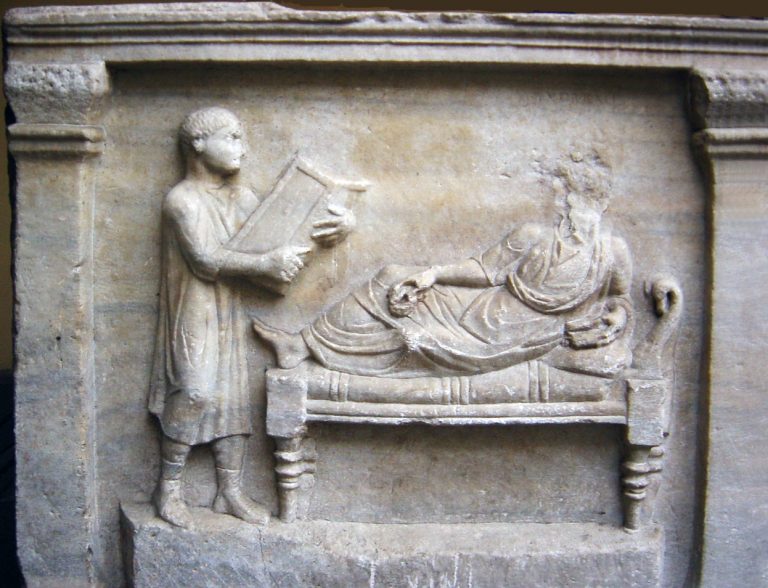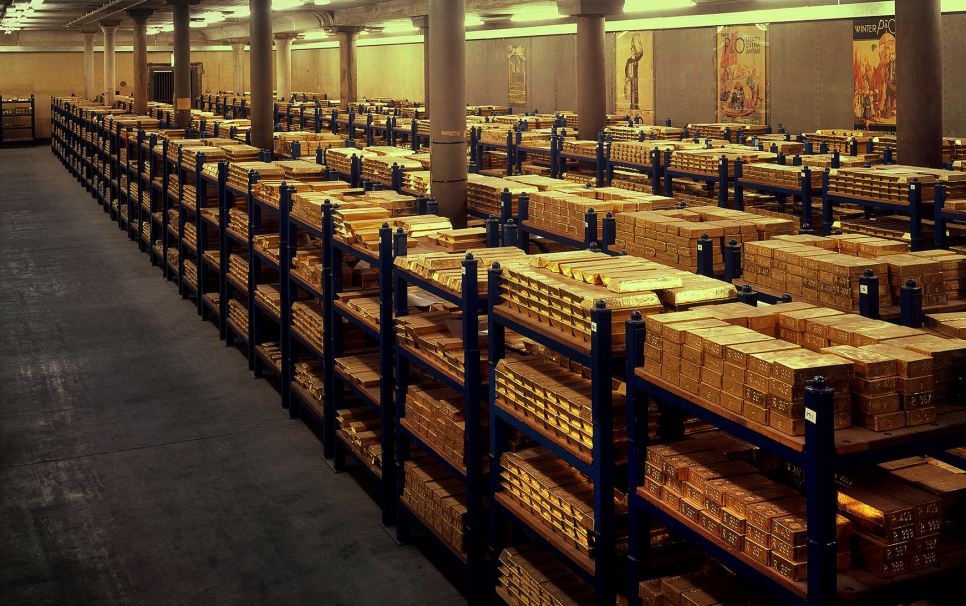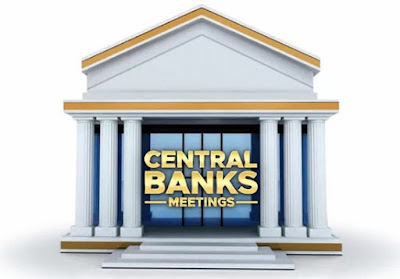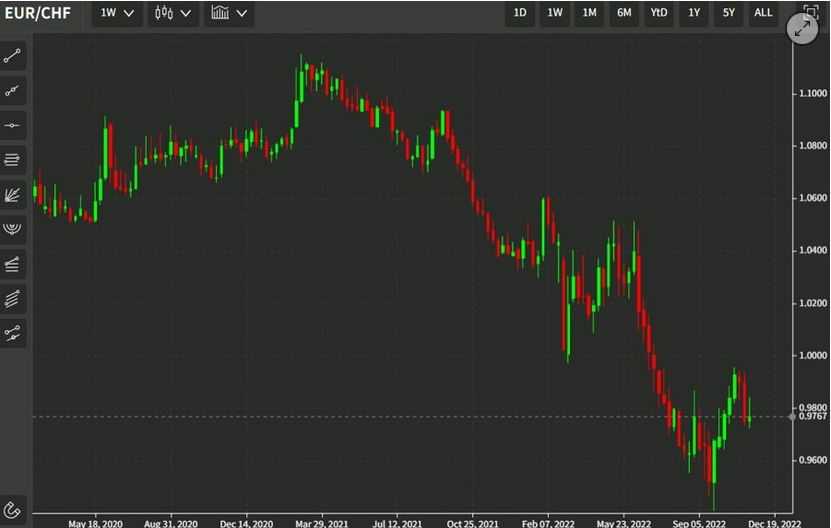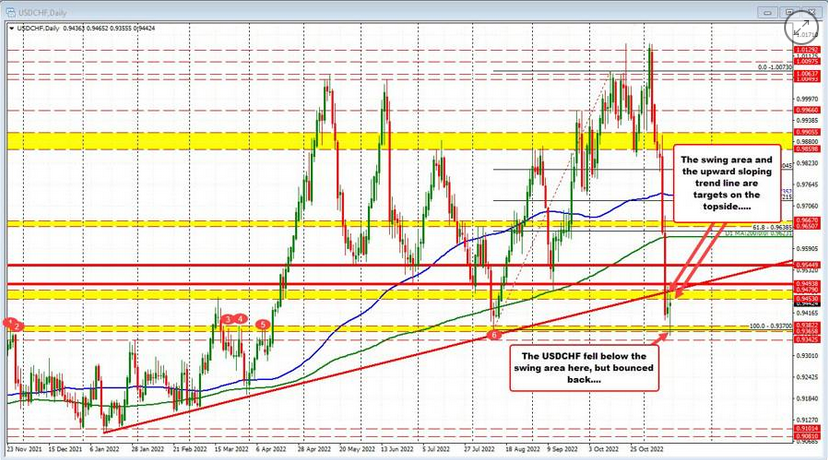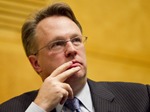Seeing Things for What They ArePicture, if you will, a group of slaves owned by a cruel man. Most of them are content, but one says to the others, “I will defy the Master”. While his statement would superficially appear to yearn towards freedom, it does not. It betrays that this slave, just like the others, thinks of the man who beats them as their “Master” (note the capital M). This slave does not seek freedom, but merely a small gesture of disloyalty. Of course, he will not get his liberty (but maybe a beating).
|
An arrant conceit that remains fashionable in the face of veritable mountains of theoretical and empirical evidence arrayed against it, is the idea that benevolent philosopher-kings can somehow improve humanity’s well-being by centrally planning the economy, or at least important aspects of it. The notion is based on a fundamental error: It is held that social sciences are no different from natural sciences, that the actions of thinking and purposefully acting human beings can be expressed and foreseen by mathematical equations and should be steered in “desirable” directions by experts; that theoretical models which have their uses in explaining economic laws should somehow serve as templates for the planning of an “ideal” real world economy. Since money is the sine qua non of a modern, rational economy – without it, economic calculation and the division of labor would not be possible – it is of considerable importance that money has been handed over completely to a central planning bureaucracy. Keeping the state’s management of money one step removed from the political class by ostensibly “independent” central banking may well be preferable to giving politicians completely free rein in the coin-clipping business, but that doesn’t change the fact that central economic planning remains literally impossible. The benevolence, the intelligence and education of the planners, what information they have at their disposal – none of it matters one whit. Whatever they try, the outcome will always be inferior to that an unhampered free market would have produced. But no matter how many socialist economies collapse for everyone to see, central planning continues to be pursued with great vigor. Note that the downfall of command economies lately often seems to be driven by monetary chaos, which is a rather strong hint. The most recent examples were Zimbabwe and Venezuela, which went down in hyperinflation conflagrations. Argentina escaped a similar fate by a mere hair – its socialist leaders allowed the population to vote them out of office, so the country’s citizens got lucky. Why are nominally capitalist free market countries not ditching such failing strategies? To answer this, just ponder how many people in positions of substantial social prestige, influence and power would have to look for real jobs (i.e., would be forced to make a living by offering something people want to pay for voluntarily in the market); how many people depending on their favors would have to do the same; and the extent to which social and economic power in society would therefore shift. The existence of the excessively powerful and overbearing welfare-warfare State of today is predicated on the economic system that is in place now: one that still allows the generation of a sizable amount of real wealth, but at the same time has the capacity to create money from thin air in theoretically unlimited amounts, which inter alia allows it to amass enormous mountains of debt. However, this arrangement is not workable forever. The fiat money system continually fosters capital consumption and leads to a creeping breakdown in both morals and morale in society. There is an unknown threshold that will prove to be a tipping point when crossed. There is much to suggest that we are currently in a period of transition close to this tipping point. Both negative and positive outcomes remain possible. |
| Today we do not have slavery, but we are shackled nevertheless. Savers are forced to use the government’s debt paper as if it were money. Most are content, but one says “gold will go up.” He does not expect a beating (but maybe a price suppression).
The slave cannot escape from his bondage, until he stops thinking of the brute as “Master” with a capital M. Freedom does not come from a little show of resentment. So long as malcontent slaves are content to limit themselves to petty disobedience, the Master is content that his rule is absolute. Freedom first takes an act of thinking. One must see the brute for what he is. Today’s investor cannot escape from the bondage of the Federal Reserve, until he stops thinking of the dollar as “Money” with a capital M. So long as malcontent investors are content to limit themselves to betting on the dollar-price of gold, the Federal Reserve is content that its rule is absolute. Freedom takes an act of thinking. One must see the dollar for what it is. The slave must stop using the brute’s whip to tell him what’s good and what’s bad. The investor must stop using the Fed’s credit paper to tell him what’s up and what’s down. |
The Central Bank of No Concern
We continue our hiatus from capital destruction, to treat the topic of central bank concern with the price of gold. Last week, we said:
“We have said that the central banks care no more about the price of gold than they care about the price of antique Ferraris. Next week, we will drill deeper into why.”
In light of the above, we say that the central banks care not about the price of gold any more than they care about the price of a 1955 Ferrari or a 1945 Chateau Mouton Rothschild. Stocks, real estate, antique cars, wine, and gold are just different chips in the casino. They all have the same purpose, to convert the asset buyer’s capital into the seller’s income. Central bankers call this the “wealth effect”, and it is an important way in which they attempt to increase GDP as they manage our economy.
Let’s consider the two main arguments offered to bolster the belief that a higher gold price will lead to the gold standard, and hence the end of the Fed’s power. These explain the purported motive for why the central banks want to suppress the price of gold (we have already proved that they are not).
There Isn’t Enough Gold
Have you ever been in a discussion of the gold standard, and someone blurts that, “we don’t have enough gold for a gold standard!” There is a stock retort, given so many times, that we could recite it by rote: “Any amount of gold is sufficient, it’s just a matter of price”.
Back when an ounce of gold traded for about 250 of the Master’s Notes, even the most defiant investors had a hard time picturing that in about a decade, the same ounce would trade for eight times as many of the Master’s now-debauched Notes. Back in 1999, some would have thought that surely gold will circulate as a medium of exchange, even at a lower price than that.
Yes, in 2011, the price did hit nearly 2000 Master Bucks. Gold did not circulate. Not only did gold not circulate, it was not close to circulating. Not only was it not close to circulating, there was not even a hint that it would ever circulate. This is a curious environment in which to assert that the Master fears a higher price, on grounds that gold would replace His Paper when its price is sufficiently high.
There is no mechanism for high price to cause circulation. If anything, a much higher price creates an additional disincentive. If you trade away your gold, that is considered to be a sale of gold at the current price. The higher the price, the greater the loss due to tax.
Let’s use an extreme gold price because it provides a clear example: the price shoots up to $101,300. So nearly everyone has bought it $100,000 cheaper. Any sale of gold has a $100,000 capital gain. If your marginal income tax rate is 45.6%, then you lose $45,600 to tax, which is about 45% of the gold’s value. Unless you’re starving and need food, most people will decide it’s better to keep the gold.
And it should be obvious that if the price of gold quickly skyrockets to $100,000 that is not a gain in gold but a collapse of the dollar. The gold owner is not richer, the dollar owner is (much) poorer. This will not cause gold to circulate.
Tax aside, a high price does not cause gold to circulate because the obstacle blocking gold circulation is not a too-low price. This may sound like a tautology, but it’s not. What we are saying is: first understand the problem, then propose the solution.
The problem is that we all earn our incomes in dollars. We don’t have gold, unless we buy it. To buy gold you incur a loss, as you must pay the offer price. If you trade the gold for merchandise, the merchant must sell it to cover the cost of goods, rent, payroll, debt service, etc. He will sell at the bid price. The round trip loss is a significant disincentive.
Not to be confused with a nascent gold standard, there will be some use of gold in an environment where the gold price is rising predictably. In this case, just like with bitcoin, people will happily buy gold, wait for a bit, and sell it when they want to buy something.
But this is not a use of gold (or bitcoin) as medium of exchange. This is using it as a free purchasing power machine. Other speculators are giving you their purchasing power, when they buy your gold (or bitcoin). They fork over their wealth, in the hopes that the next speculator will give them even more wealth later. Speculation is a process of conversion of one party’s wealth into another’s income, to be spent.
| There will be an event on March 26, which has been trumpeted by the usual suspects recently. They believe that the dollar will die. On March 26, the Shanghai exchange begins trading an oil futures contract. Now oil producers will be able to sell their oil forward and buy gold forward. Thus, they are effectively selling oil for gold. With no need for the dollar, the dollar bubble will be pricked and the dollar will go away.
There is only one problem. They don’t want gold for their oil. If they did, they would have been doing this trade since 1974 in New York. The fact that they haven’t demands an explanation. We will get back to that in a moment.
|
It is an old canard of opponents of sound money to argue that there is “not enough gold” for it to serve as money. This argument is easily debunked, as any money supply is in principle as good as any other. What they are really saying is that transitioning the current system to a gold-based one is going to be costly for the “wrong” groups. As noted above, a sound money system would certainly alter power relations in society considerably. Liberty would increase significantly, and so would personal responsibility. The State would have to be reduced to its former self (until 1912 government spending as a rule rarely exceeded 4% of GDP). |
The Dollar is Backed by NothingFirst, let’s address the other argument for why a rising gold price is supposed to cause an end of the dollar. The dollar, it is believed, is backed by nothing and has no value. Therefore it is like some mass illusion, waiting for one little pinprick to burst the bubble. And then the dollar will reach its true intrinsic value: zero. This belief explains the never-ending quest by some gold bug sites, to seek out (or manufacture) stories of shocking government malfeasance, Big Important Players who have bought gold, statistics about gold moving from Here to There, corrupt central bank officials, historical quotes (often taken out of context), rising government debt, etc. They are on a quest for the Holy Grail, that magical pin to burst the dollar illusion bubble. And when people “wake up” and see the truth—presumably all at once—then there will be a rapid dollar exodus. “Hyperinflation,” we are told, “is a political event,” and has nothing to do with the quantity of the Master’s Money. We note that those who quest for this Holy Grail do often print graphs showing the quantity of the Master’s Money. They seek anything that might scare the other slaves into their own personal acts of defiance. However, the dollar’s value is no illusion. It has value because nearly every producer in the economy owes a dollar debt. If a farmer owes $1,000,000, then he must grow and sell a lot of wheat, enough to raise the revenues to service his debt. If not, his creditors will foreclose on his farm. He is a price-taker. That is, he sells his wheat on the bid price. Every producer of everything, including labor, is doing the same thing. And so the net result is that producers have little pricing power. Ironically, most people (including the gold bugs) believe that the value of a currency is 1/P (where P is prices). Desperate producers outworking each other in relentlessly soft markets makes the dollar look strong indeed. There is a force that could cause debtors to walk away from their businesses and properties and assets, and allow foreclosure to happen. One day it will, but as Aragorn would say “today is not that day”. The reason is not that suddenly people get woke. It is not that they read of some government, like Hungary recently, repatriating its gold. That will not make them think that, “the Master is no longer the Master.” The oil producers don’t want gold for their oil. They want dollars for it, because they must service their dollar debts. Accepting gold would just add a new risk: the gold price could drop. There is a path forward to the gold standard. That path is paved with interest, not higher prices. |
We have to take issue with Keith’s assertion that the dollar is “backed”. It is not – it is de facto irredeemable. If one takes a note of the standard money shown above to any of its issuers (the Fed, the ECB, etc.), all one can get in return is another note just like it, only more fresh and crispy. The fact that the State accepts only its own scrip for taxes and has decreed that all public and private debts must be discharged in legal tender – which no-one may refuse to accept – is what gives its scrip purchasing power. Essentially a secondary market with strong demand for the State’s scrip has been created by means of coercion. But we feel this is not the same as saying that the currency is “backed”, a term that normally describes a money substitute that can be exchanged for real money on demand. This is not just splitting hairs over semantics – after all, if we use the term in a way that imbues it with more than one meaning, it will no longer be entirely clear what is meant when speaking of this feature (i.e., the “backing”, or rather the lack thereof) of fiat money. Something along similar lines has happened with the term “inflation”, which has become a source of much confusion and misunderstanding. Inflation used to mean just one thing: an increase in the supply of money. Nowadays most people hold that it means “rising prices”, or more precisely, “rising consumer prices” – and as a result of this, we no longer have a simple, elegant term to describe an increase in the money supply (which now requires five words). It also has the side-effect of subtly masking who is to blame for “inflation” (which is undoubtedly deliberate). We think one has to be very cautious in how one applies various terms. We do of course fully agree that fiat money derives exchange value from this legal arrangement and that money issued by big countries under the current system won’t just become worthless from one day to the next. Rather, it loses purchasing power slowly, but steadily. The Fed managed to destroy an estimated 96% of the dollar’s purchasing power in the first century of its existence. Other central banks were even more “successful” and managed to completely destroy several iterations of their paper money over the same span. |
Image captions by PT
Full story here Are you the author? Previous post See more for Next postTags: central-banks,newslettersent










